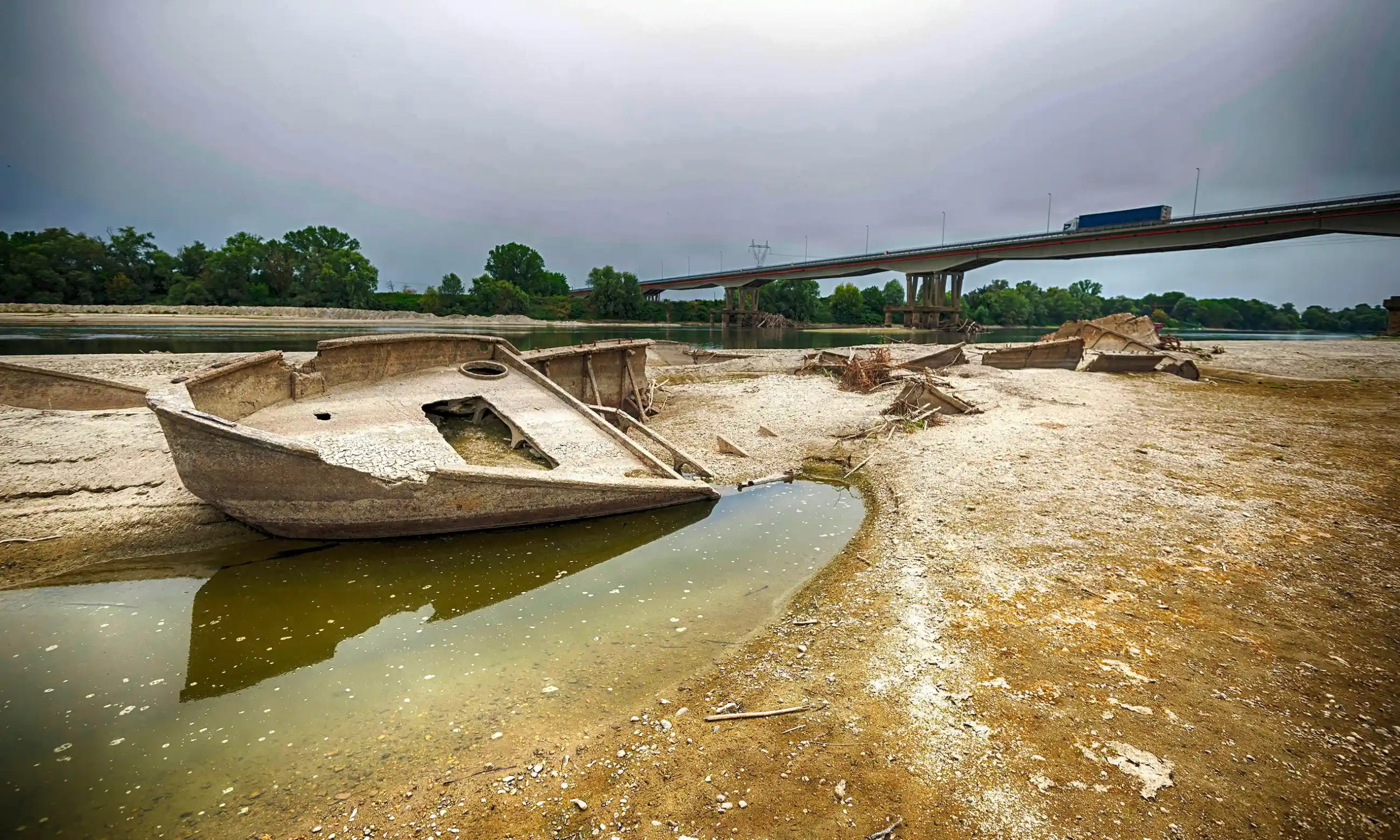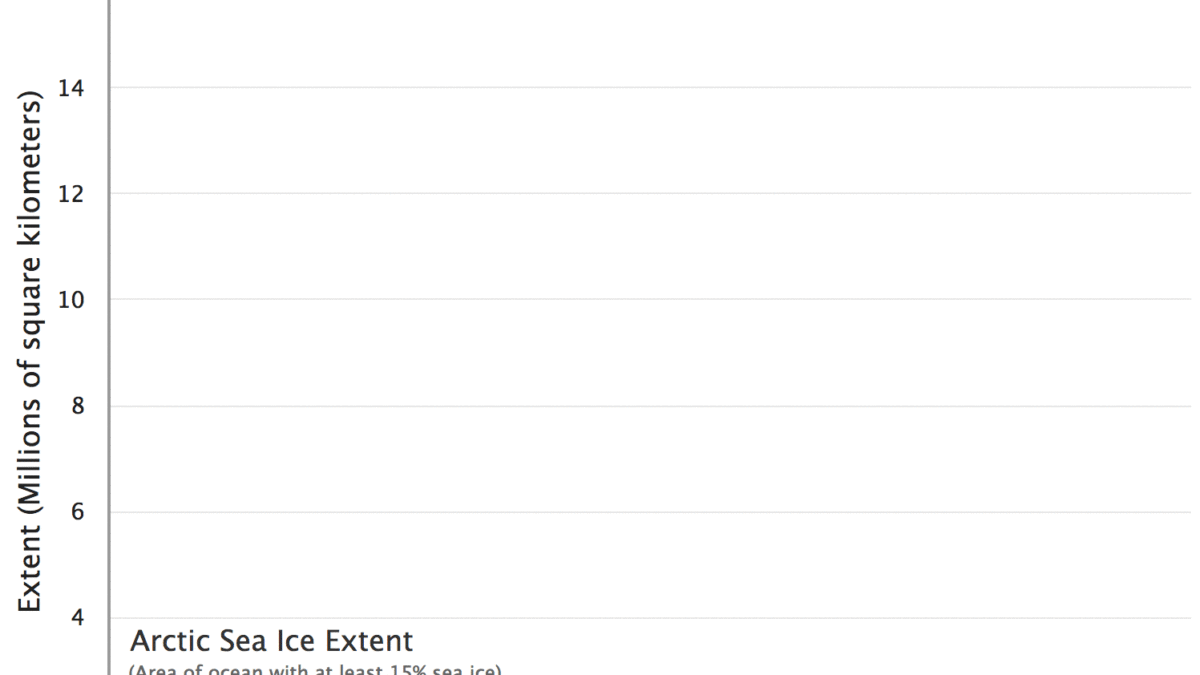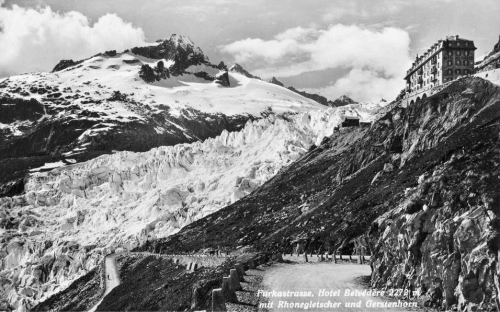Lake Washington sockeye salmon hit record low – “In a generation, we have gone from times of plenty to these fish being on the brink of extinction”

By Lynda V. Mapes
1 January 2021
(The Seattle Times) – They are as Seattle as the Space Needle. But Lake Washington sockeye, once the largest run of sockeye in the Lower 48, are failing.
The smallest run on record returned to the Cedar River in 2020, a bottoming out after years of declines. There hasn’t been a fishery on Lake Washington sockeye since 2006 — and now extinction looms.
What’s worse is scientists are not even sure how to fix it, as a vortex of climate change, urbanization and predators endangers a beloved species.
Some 22,950 sockeye were counted at Ballard’s Hiram Chittenden Locks in 2020, but only about 3,000 made it to the mouth of the Cedar. Another 40 to 50% of those fish typically die on the spawning grounds before they can reproduce.
Not even a $31 million hatchery project by Seattle Public Utilities — built in 2011 to replace a failing interim hatchery — has delivered the rescue expected.

It’s not only Seattle’s storied summer sockeye run that is at risk. Lake Sammamish kokanee are on life support, circling in a tank in a captive brood on Orcas Island. Local steelhead are goners. The watershed’s chinook run is at 10% of historic levels. The sockeye are the standout example of a more worrisome decline in what once were abundant salmon runs in Seattle and beyond.
“The salmon can’t speak, and they need someone to speak for them, and protect them,” said Jason Elkins, chairman of the Muckleshoot Indian Tribe.
“It’s not just the sockeye, all of the salmon are significant to us, we don’t want them only for ourselves, we want them for everyone to enjoy. We are salmon people. It is our way of life.” […]
“In a generation we have gone from times of plenty, to these fish being on the brink of extinction,” Stevenson said. “Our people have been here for thousands of years, hundreds of generations. We have found a way to exist in this environment. This is about balance.” [more]
Lake Washington sockeye hit record low, another signature Seattle fish at brink of extinction


